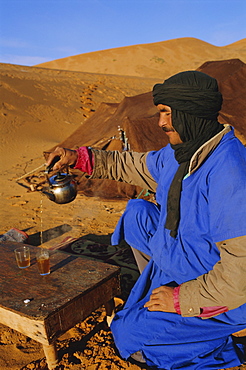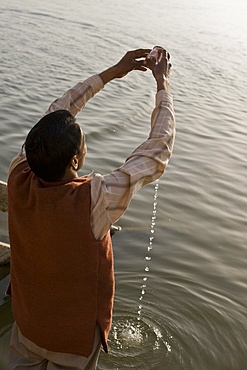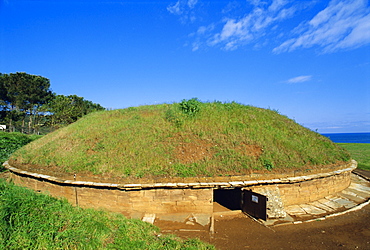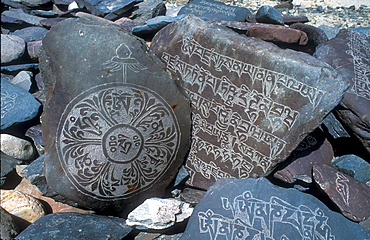Results
12 results found

Pharaoh Seti I on right, Goddess Hathor on left, Bas Relief, Tomb of Seti I, KV17, Valley of the Kings, Ancient Thebes, UNESCO World Heritage Site, Luxor, Egypt, North Africa, Africa
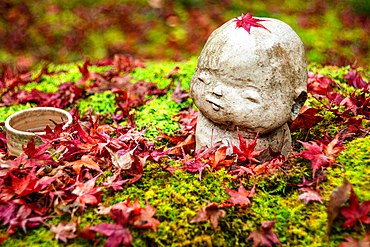
Tranquil Warabe-Jizo statue resting on mossy ground, topped with a red maple leaf and surrounded by autumn foliage, Kyoto, Honshu, Japan

Sang sang rimpoche uses the dorje, a sacred ritual object to make the first decisive cut into the sand mandala on the last day of the mani rimdu festival. chiwang monastery, solu khumbu, nepal. solu khumbu, nepal
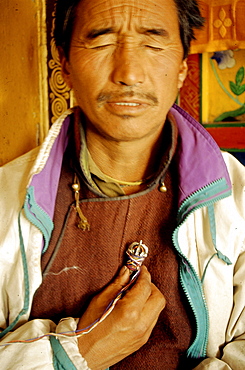
N month of november 7 days before full moon a sacred ceremony is held in various monasteries throughout himalayas by traditional healers known as amchis. They bring their precious herbs, minerals special animal glands to be blessed. A selected amount of herbs is placed in a copper vessel placed on monastery alter. 7 days amchis go through an elaborate potenization of these medicines through prayer other practices. Seen here is of amchis holding a dorje (sacred object used cutting through obscurations) which is lined from a vessel containing various herbs sitting on monastery alter to heart chakra. Chang tang nyee, ladakh, indi
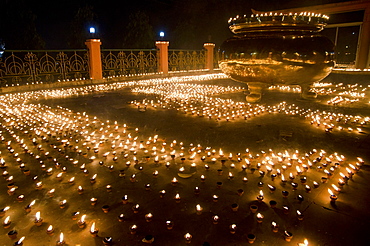
Butter lamps at the Mahabodhi Temple, place of enlightenment or awakening, "Bodhi" of Siddhartha Gautama, Bodhgaya, Bihar, India, Asia

Mummy and jars from the time of the Nazca, 200 BC - 700 AD, at Cementerio Arqueologico Chauchillo, Nazca, southern Peru, South America

Prayer paper in Chinese temple, Chua Thien Hau Pagoda, Cho Lon, Chinatown, Ho Chi Minh City, Saigon, South Vietnam, Vietnam, Southeast Asia, Asia
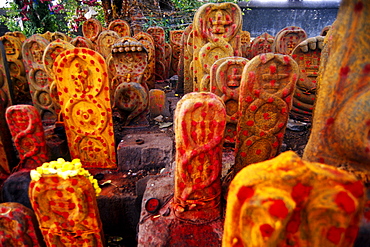
Naga is the Sanskrit and Pali word for a deity or class of entity or being, taking the form of a very large snake, found in Hinduism and Buddhism. In India, nagas are considered nature spirits and the protectors of springs, wells and rivers. They bring rain, and thus fertility, but are also thought to bring disasters such as floods and drought. According to traditions nagas are only malevolent to humans when they have been mistreated. They are susceptible to mankind's disrespectful actions in relation to the environment. They are also associated with waters &33; rivers, lakes, seas, and wells &33; and are generally regarded as guardians of treasure.They are objects of great reverence in some parts of southern India where it is believe that they bring fertility and prosperity to their venerators. Expensive and grand rituals are conducted in their honour.



